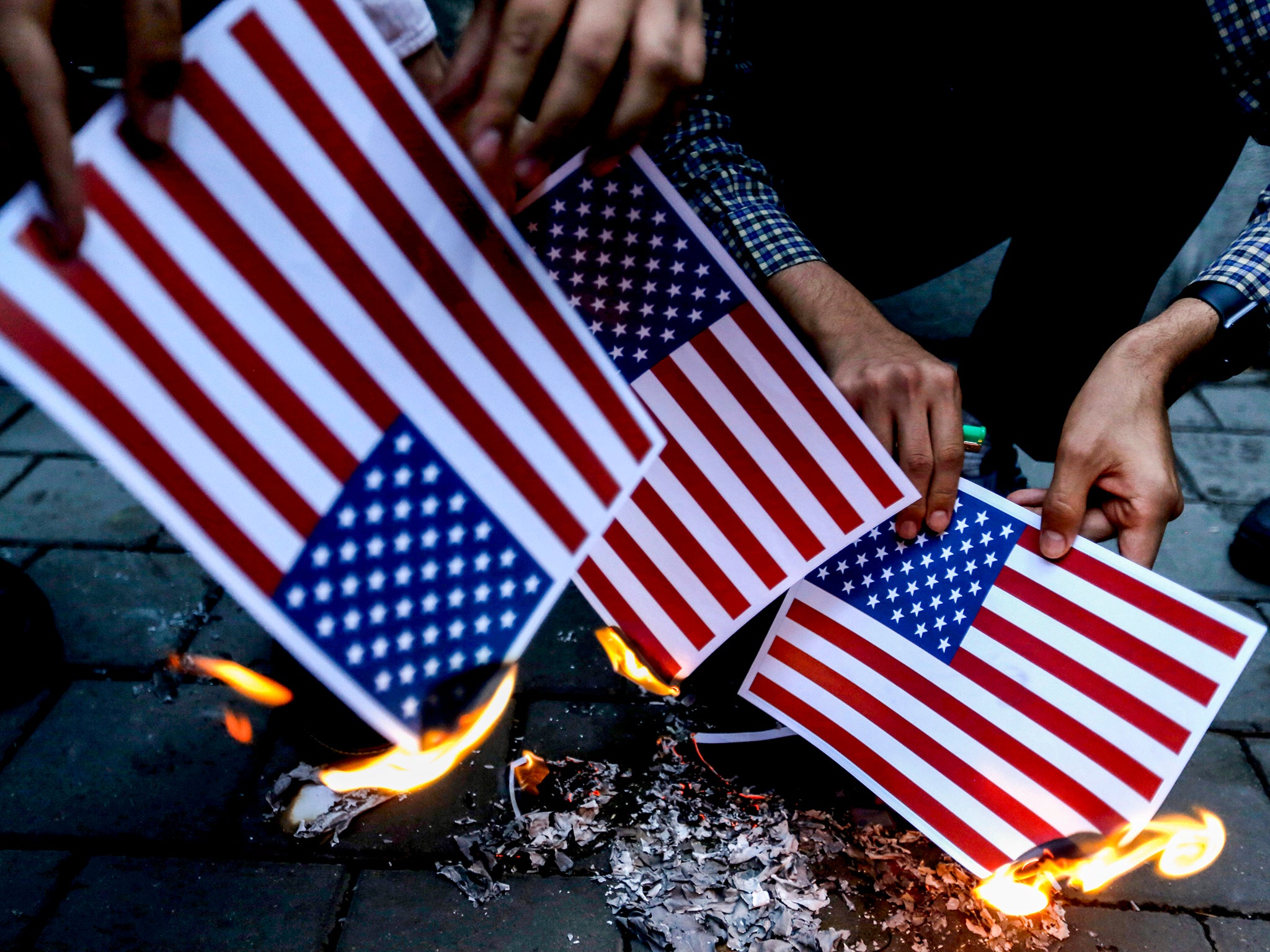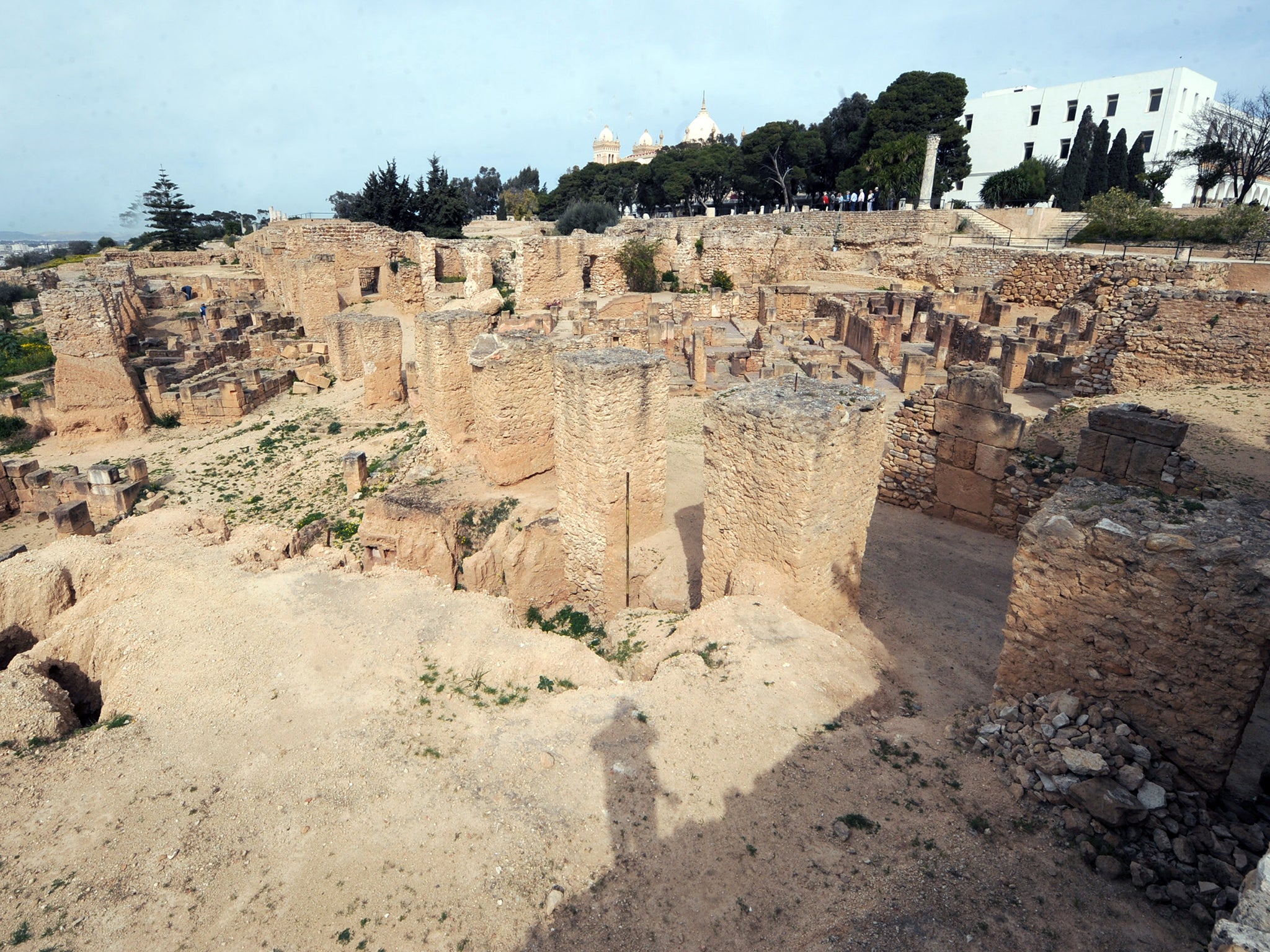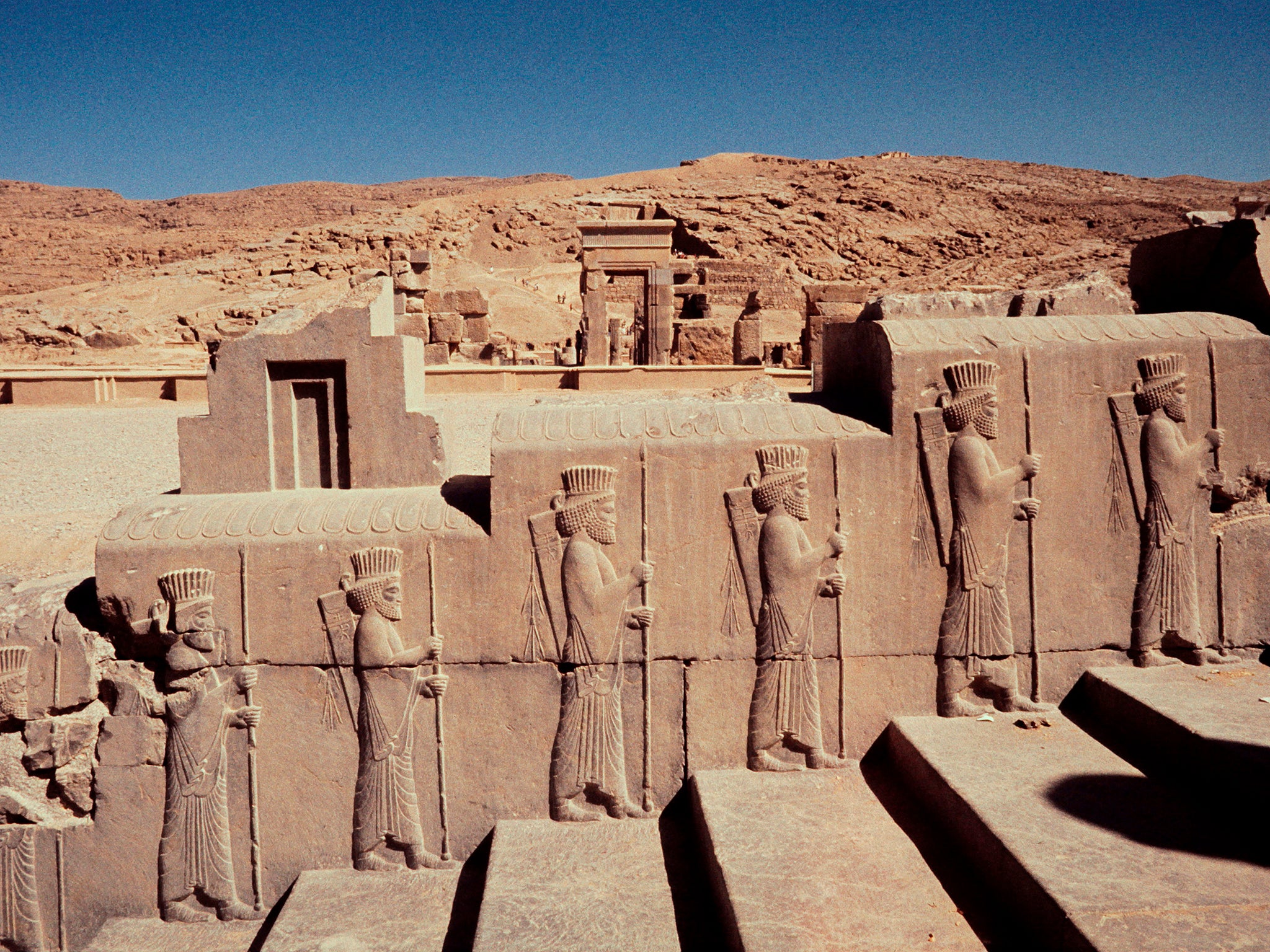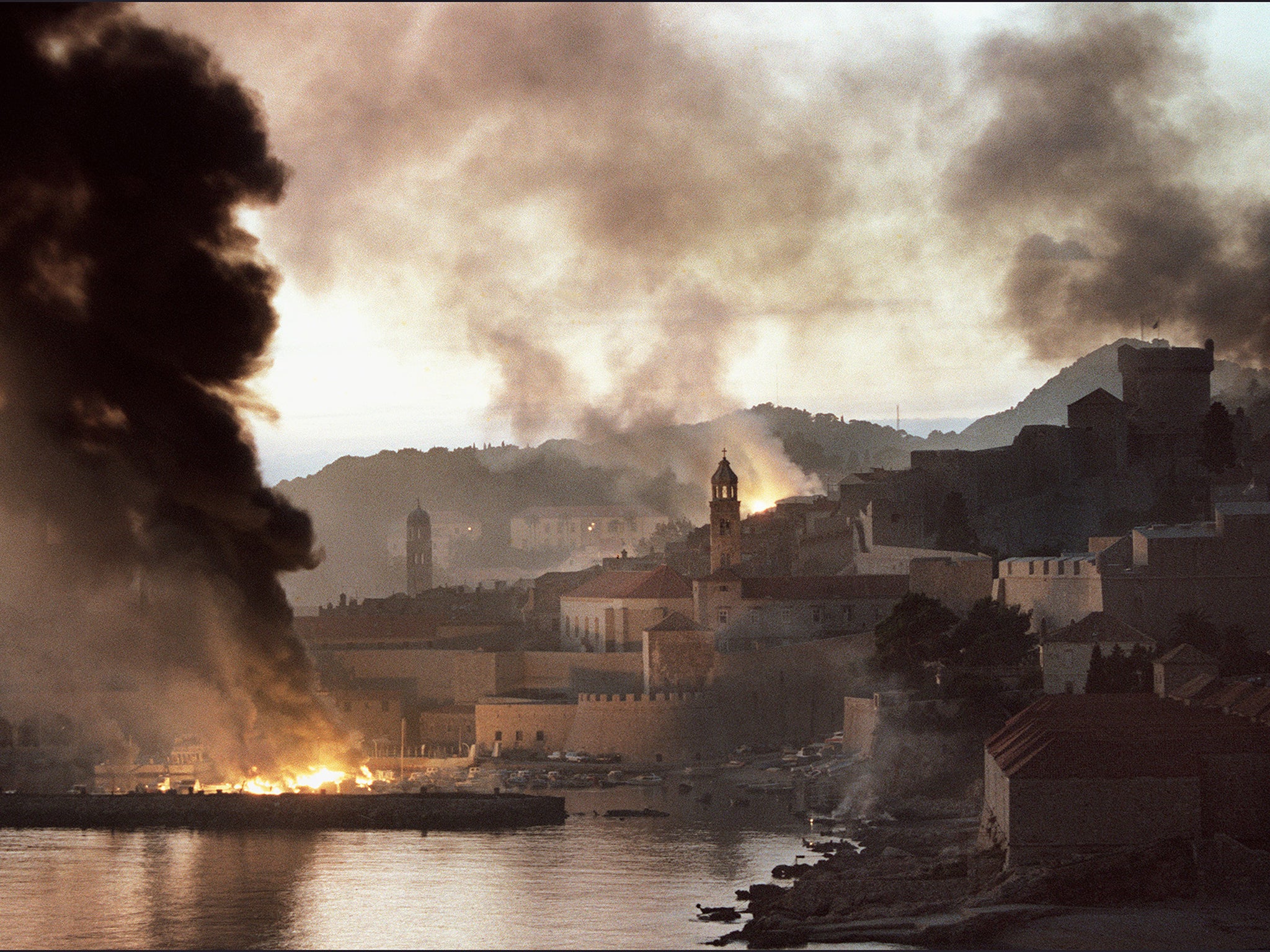Iran crisis: Why Trump’s threat to target Iranian cultural sites could be a war crime
'It has become a tactic of war to tear societies over the long term'

Your support helps us to tell the story
From reproductive rights to climate change to Big Tech, The Independent is on the ground when the story is developing. Whether it's investigating the financials of Elon Musk's pro-Trump PAC or producing our latest documentary, 'The A Word', which shines a light on the American women fighting for reproductive rights, we know how important it is to parse out the facts from the messaging.
At such a critical moment in US history, we need reporters on the ground. Your donation allows us to keep sending journalists to speak to both sides of the story.
The Independent is trusted by Americans across the entire political spectrum. And unlike many other quality news outlets, we choose not to lock Americans out of our reporting and analysis with paywalls. We believe quality journalism should be available to everyone, paid for by those who can afford it.
Your support makes all the difference.Throughout his presidency, President Donald Trump has repeatedly attempted to distinguish between the “wonderful Iranian people” and their “hostile”, “brutal and corrupt” leadership.
But as he suggested the possibility of retaliatory strikes against Iran on Saturday, he resorted to a threat that – in other, prior conflicts – has deliberately blurred the distinction between countries' regimes and their people.
By suggesting strikes on “52 Iranian sites”, including some that are important to “the Iranian culture” rather than its military, Mr Trump threatened a way of waging war that has drawn growing outrage in recent decades, critics argued Monday.
Such attacks have been condemned as “cultural cleansing” by the former director general of UNESCO, Irina Bokova. “The deliberate destruction of heritage is a war crime,” she told the UN Security Council in 2017, adding that “it has become a tactic of war to tear societies over the long term”.
Ms Bokova was primarily referring to the destruction of cultural sites by militant groups at the time, but to some, her words now appear eerily relevant for Iran, which hosts 22 cultural UNESCO World Heritage Sites, including the ancient ruins of Persepolis with its palatial buildings and terraces.
“A nation that willfully destroys another country's heritage would be no better than the criminals who have destroyed irreplaceable sites in Syria, Afghanistan, Iraq and elsewhere in recent years,” argued Sara C Bronin, a lawyer and specialist in historic preservation, in an op-ed for the Los Angeles Times in response to Mr Trump's threats to target cultural sites in Iran.
“Targeting civilians and cultural sites is what terrorists do. It's a war crime,” tweeted senator Chris Murphy, a member of the Senate Foreign Relations Committee.
In Britain, a spokesman for prime minister Boris Johnson cautioned that “there are international conventions in place which prevent the destruction of cultural heritage”.
Ironically, it was the US that for decades helped shape what some believed to be a new consensus on the destruction of cultural heritage: that this form of war and destruction is not only a crime against another warring party but a crime against humanity that endangers civilian lives and dignity.
In March 2017 – only weeks after Mr Trump's inauguration – the UN Security Council, with the US as a permanent member, unanimously adopted a resolution condemning the “unlawful destruction of cultural heritage, inter alia destruction of religious sites and artefacts” in armed conflicts.
Attacks on cultural heritage sites have been a frequent feature of armed conflicts throughout the history of civilisation. In 149 BC, for example, the Romans began their siege of Carthage, a North African city in what is now Tunisia. The assault ended in the total destruction of the city in what some researchers argue was an attempt by the Romans to eradicate their enemies' culture.

Much later, the 20th century's brutality reinforced calls for attacks on heritage sites to be more forcefully condemned. Second World War not only put a spotlight on the Nazis' attempts to attack opponents' dignity and national identity; it also raised questions over some Allied attacks. The Allied forces' bombardment of the eastern German city of Dresden – which came late in the war and surprised many who had not previously perceived the historic city to be a key military target – triggered a debate that continues to this day.
The international community appeared determined to take international treaties more seriously going forward.
According to the 1954 Hague Convention for the Protection of Cultural Property in the Event of Armed Conflict, warring parties should take all possible steps “to protect cultural property”, which includes “monuments of architecture, art or history, whether religious or secular”, among other examples.

(Under certain circumstances, the convention allows for cultural property's special protection to be withdrawn in case of “unavoidable military necessity”.)
Those commitments were also codified in the differently worded Geneva Conventions, which protect “historic monuments, works of art or places of worship which constitute the cultural or spiritual heritage of peoples” from acts of hostility.
In the 90s, the wars that broke up Yugoslavia became a brutal reminder of why such treaties had been drafted – and how they were ignored. Starting in 1991, Yugoslav People's Army forces besieged the historic city of Dubrovnik in Croatia, leading to the destruction of parts of its centre.

In the city of Sarajevo, in Bosnia, the Vijecnica city hall was set on fire in 1992, destroying its sizeable library.
In the aftermath, former prosecutors and researchers with the International Criminal Tribunal for the former Yugoslavia assessed more broadly that during conflicts, “it is increasingly evident that cultural property is not simply at risk from incidental harm, but is being intentionally attacked as part of cultural cleansing campaigns.”
They specifically referred to the conflicts in Syria and Iraq that were underway by the time of their assessment's publication in 2016. Militants in those countries – including Isis fighters – had launched a campaign against historic cultural artefacts and buildings that reverberated across the region.
As a result, the international community moved closer to ostracising such acts.
In 2016, North African militant Ahmad al-Faqi al-Mahdi was convicted by the International Criminal Court (ICC) of “intentionally directing attacks against historic monuments and/or buildings dedicated to religion” in the ICC's first such trial, focusing on the destruction or damaging of cultural property. Mahdi was sentenced to nine years in prison for his role in attacking nine mausoleums and one mosque in Timbuktu, Mali, in 2012.
The ICC's message to the world at the time appeared to be: Attacks on cultural heritage will no longer go unpunished.
But with a US president now threatening to attack cultural targets in Iran, the narrative that the US helped to advance now appears in doubt.
“They're allowed to kill our people,” Mr Trump told reporters on Sunday, attempting to justify his threat. “They're allowed to torture and maim our people. They're allowed to use roadside bombs and blow up our people. And we're not allowed to touch their cultural site? It doesn't work that way.”
The Washington Post
Join our commenting forum
Join thought-provoking conversations, follow other Independent readers and see their replies
Comments